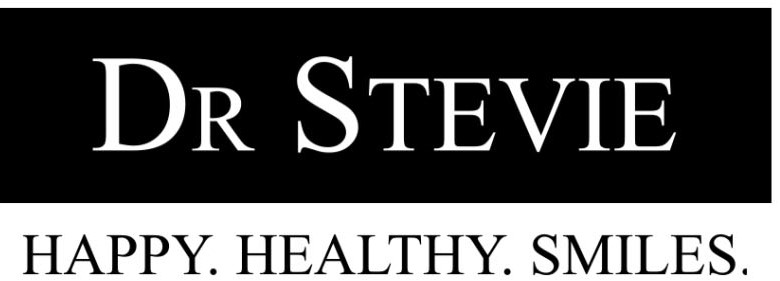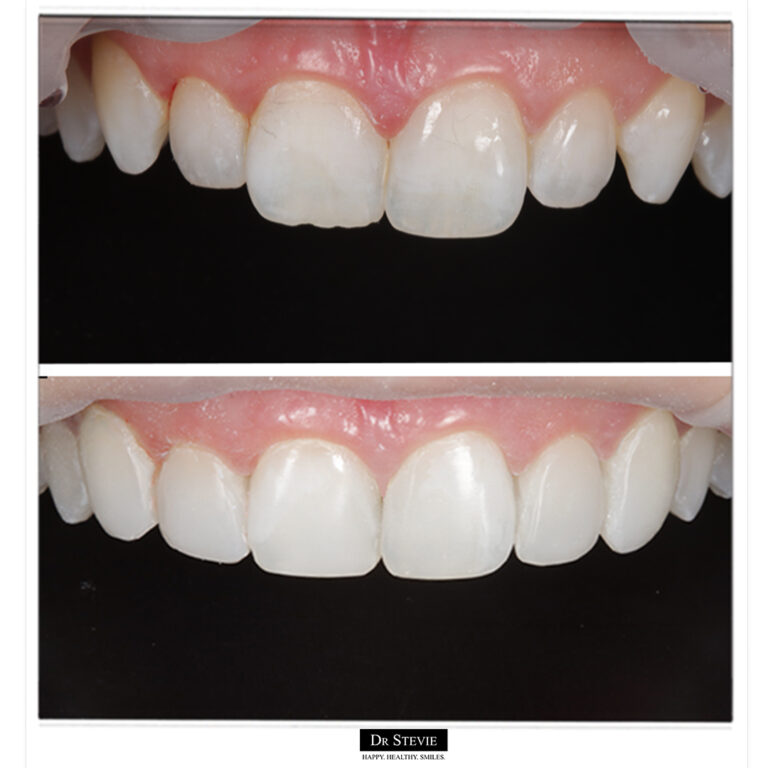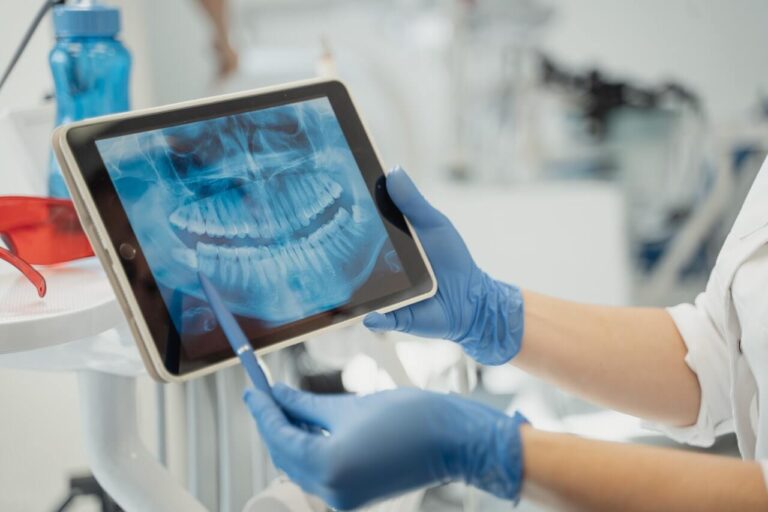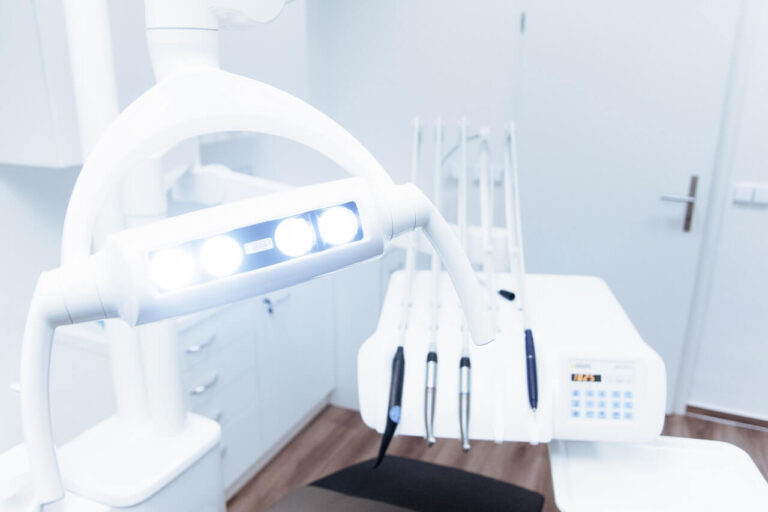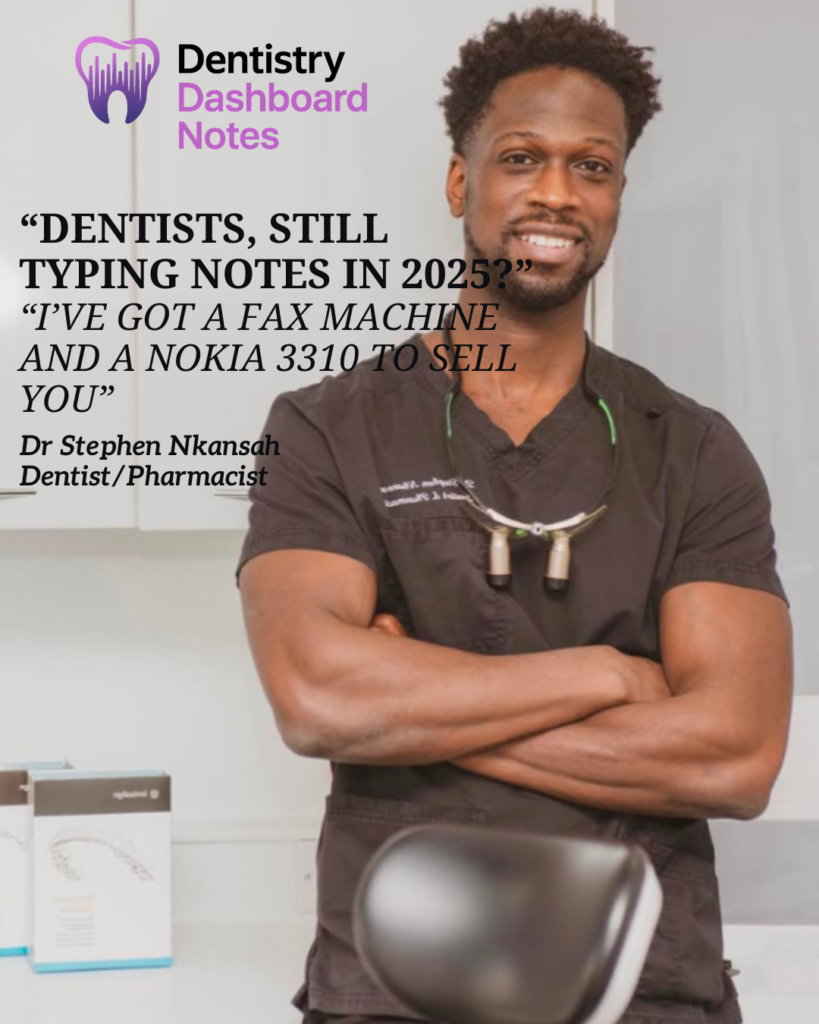
If you’re a dentist, you know the feeling. The last patient has left, the practice is quiet, and you’re faced with a mountain of clinical notes. For me, that used to be the most frustrating part of my day—an hour, sometimes two, spent typing up records when I should have been with my family or simply unwinding.
It wasn’t just the time; it was the constant pressure. We’re all held to the highest GDC standards, and the fear of an omission or a poorly worded entry carries significant medico-legal weight. Rushing notes between appointments felt like a compromise I didn’t want to make.
This constant battle between patient care and administrative burden is something I know we all face. It’s a major contributor to professional burnout, and frankly, it was a problem I was no longer willing to accept. So, I decided to build the solution myself.
The Turning Point: Asking “What If?”
I started thinking, what if our notes could essentially write themselves? What if we could use the time we’re already spending talking with our patients to generate perfect, GDC-compliant records?
This idea led me down the path of AI, specifically Natural Language Processing trained on a dental lexicon. I wanted to create a system that understood the difference between a MOD composite and a root canal, that could transcribe our natural conversations into the structured, professional notes we need.
The goal was to build a tool for dentists, by a dentist. And the result of that work is what I want to share with you today.
The Real-World Impact: More Than Just Time
After implementing this in my own workflow, the changes were immediate. Here are the benefits I, and many of my colleagues, have experienced:
-
Reclaiming My Evenings: This is the most obvious win. The administrative work that used to pile up is now drafted in real-time during the consultation. It’s the freedom to actually leave the clinic on time, whether that’s for the gym, for family, or just to switch off.
-
Becoming a Better Clinician: When I’m not mentally drafting notes or physically tied to a keyboard, I’m more present with my patients. I can maintain eye contact, listen more actively, and build stronger rapport. It has fundamentally improved the quality of my patient interactions.
-
Achieving Gold-Standard Records: Because speaking is so much faster and more natural than typing, my notes have become more detailed than ever. The AI captures the nuances of the conversation—the advice given, the consent obtained, the subtle details of the examination—creating a truly robust and defensible medico-legal record. The consistency is locked in; every note follows a compliant, logical structure.
It’s a Complete Productivity Engine
This quickly grew beyond just transcription. The platform can instantly generate professional patient letters, treatment summaries, and referral letters from the clinical note, saving even more time. It has become a central hub for clinical documentation.
Answering the Questions I Had First
As a clinician, I was naturally skeptical. You probably have the same questions I did:
-
How does it fit into my existing workflow? It’s designed to be system-agnostic. You generate the perfect note within the platform, then simply copy and paste it into your existing practice management software, whether that’s SOE/Exact, Dentally, R4, or anything else.
-
Is it truly accurate? Yes. The AI is trained on thousands of hours of dental consultations, so it understands complex dental terminology. More importantly, it learns your voice and phrasing, becoming even more accurate over time.
-
What about patient consent? It’s simple. I just inform my patients that our conversation is being transcribed to ensure their clinical records are as accurate and detailed as possible. Patients appreciate the transparency and the use of technology to improve their care.
A Final Thought from a Colleague
Adopting this technology isn’t about replacing our skills; it’s about augmenting them. It’s about automating the administrative tasks that drain our energy so we can focus on the clinical work we love. For me, it has been nothing short of transformative for my work-life balance and my peace of mind.
If any part of my story resonates with you, I invite you to see what it’s all about.
Explore the platform I built to solve this problem:
-
Learn about the company and our mission at [Dentistry Dashboard].
-
See the tool in action and start your own free trial at [Dentistry Dashboard Notes].
